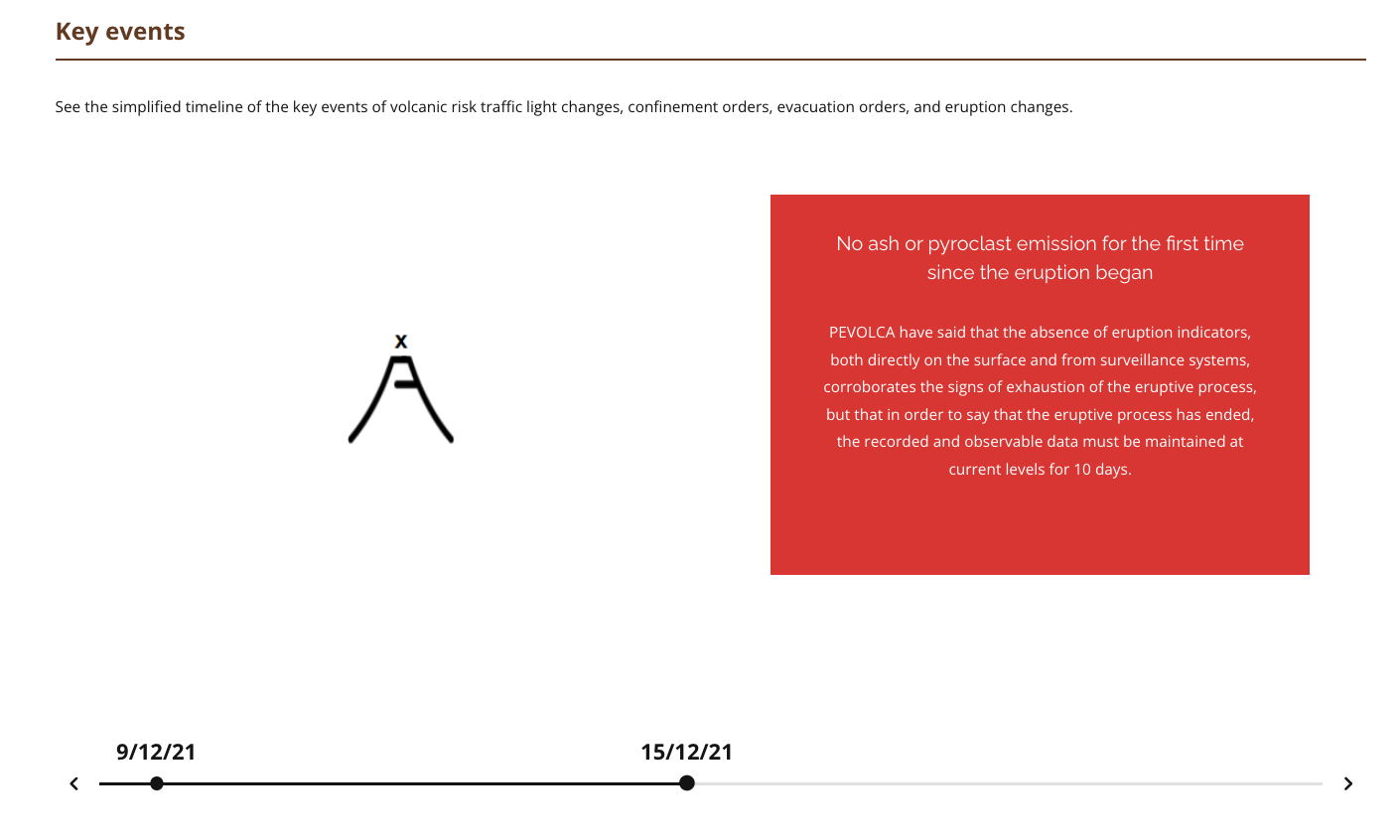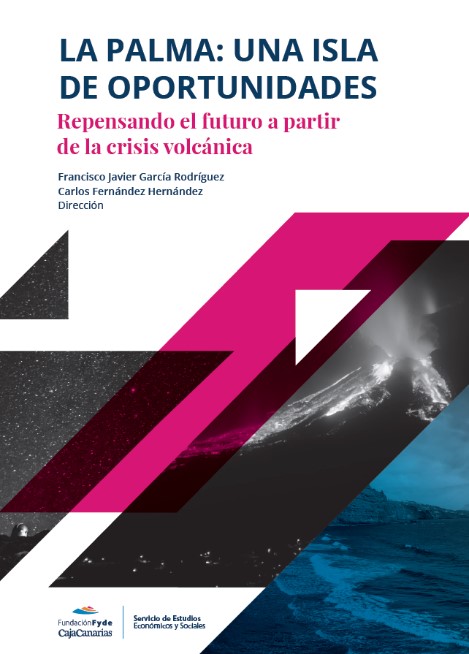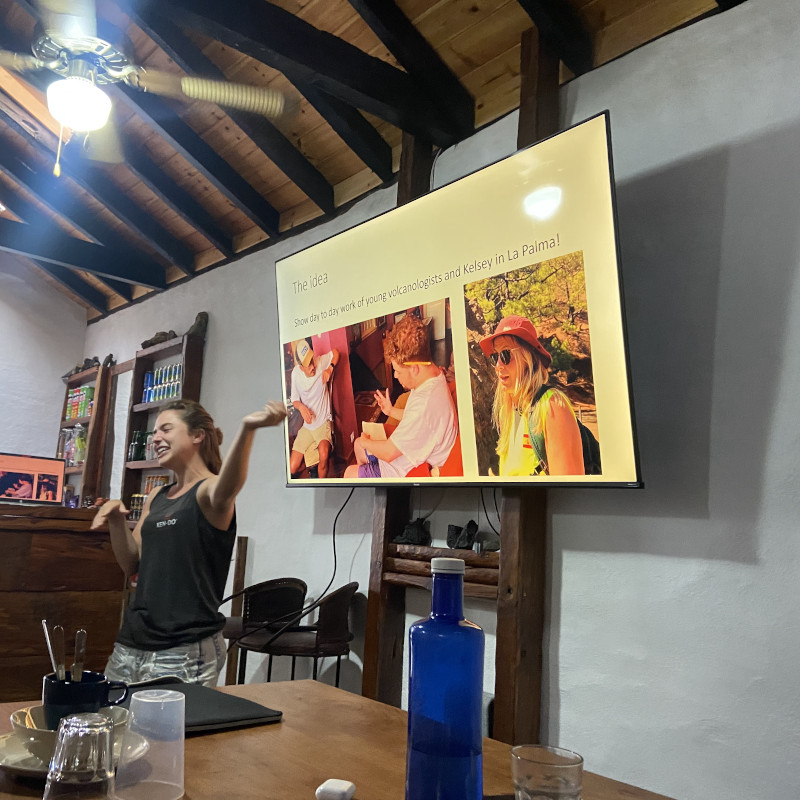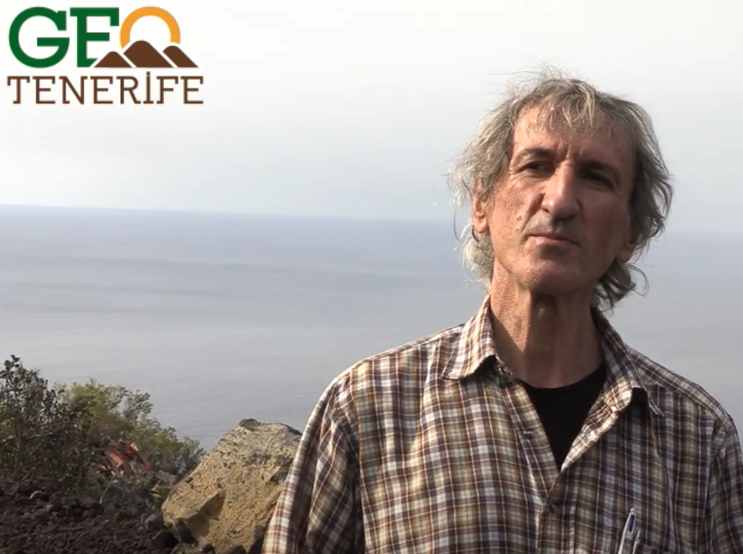Most recent
La Palma Reconstruction – October 2025
Canary Islands 'Volcano Law' published - Subsurface pressure tests in Puerto Naos - La Palma awarded for ISVOLCAN health project - Latest Reconstruction Statistics Published - Results from Radon exposure tests in Puerto Naos - Tajogaite Reconstruction Conference in November - LP-211 road reopens - Geothermal Energy Project Updates - Citizens Demand Public Hazard Map for La Palma - Calls to Extend 60% Income Tax Reductions - New Studies on Earthquakes Preceding the Eruption
Volcán de Tajogaite (2021) Eruption and Reconstruction
Charities to support affected residents
Here are the charity campaigns we have supported/run for the affected residents of the La Palma eruption










